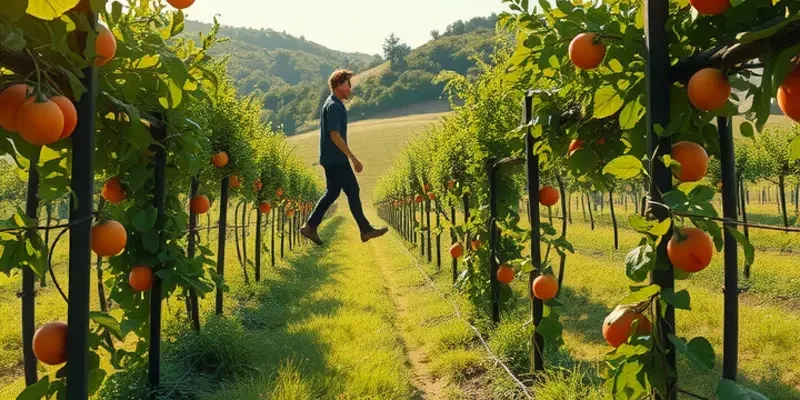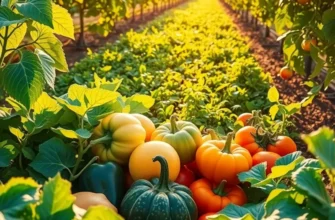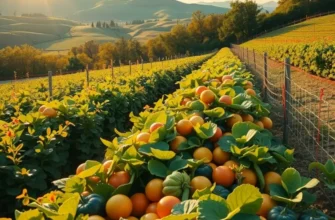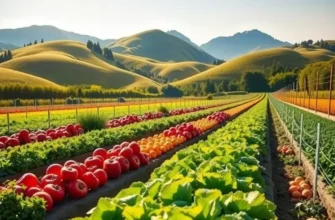Making environmentally-conscious food choices starts in the kitchen. By adopting lower-emission cooking practices, you can play a significant role in reducing your carbon footprint. From choosing local ingredients to optimizing energy use, every small action contributes to a healthier planet. Here, you will discover practical techniques to not only savor delicious meals but also align your culinary habits with ecological well-being.
Dynamic Ingredient Choices: Prioritizing Local and Seasonal Foods
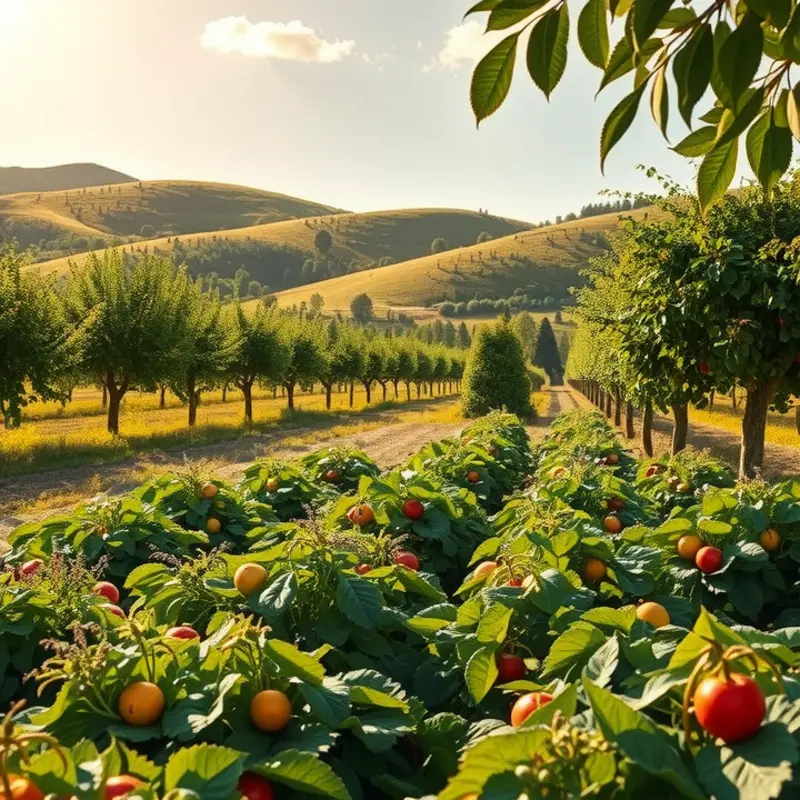
Cooking sustainably hinges on selecting ingredients that tread lightly on the earth. One powerful way to achieve this is through prioritizing local and seasonal foods. By choosing items that are grown close to home and harvested at their peak times, we not only reduce the carbon footprint associated with long-distance transportation but also support nearby farmers and enrich our flavor palettes.
Understanding Seasonal Produce
Each region has its own cycle of harvests that align perfectly with its climate and geography. Educating yourself on which produce is in season can significantly alter your cooking approach and impact. For instance, embracing juicy tomatoes in the heat of summer or hearty squash in the cooling autumn connects your dishes directly to the rhythm of the land.
To determine what’s currently in season in your area, consult local farmer’s markets, community-supported agriculture (CSA) programs, or online resources. These platforms often provide seasonal calendars or offer insights on the freshest available products, ensuring you’re making informed choices.
Benefits of Local Sourcing
Sourcing locally extends beyond seasonal alignment. It cuts down the food miles—essentially the distance food travels from its point of origin to your plate. Fewer miles mean less fuel consumption and fewer emissions, directly addressing environmental concerns. Moreover, local produce is typically fresher and more nutrient-dense, having spent less time in transport and storage.
Local sourcing strengthens regional economies by keeping money within the community. By purchasing from nearby producers, you help sustain farming livelihoods and boost economic activity in your area.
Shopping Smartly for Environmental Impact
Smart shopping is crucial. Plan your meals around what’s available locally and seasonally, which not only boosts sustainability but can also lead to cost savings. Buying in bulk when certain items are at their peak and freezing or preserving them reduces waste and ensures you have access to those ingredients year-round.
Additionally, be mindful of excess packaging when purchasing. Opt for products sold in reusable containers or those with minimal packaging, aligning your food choices with an eco-conscious mindset. This attention to detail not only reduces waste but also sets a precedent for more sustainable shopping habits.
To expand your eco-friendly practices beyond ingredient selection, explore strategies for safer storage to minimize waste and maintain the freshness of your foods. Discover more on these strategies by visiting the guide on Eco-Smart Kitchen Storage.
In embracing local and seasonal foods, the kitchen becomes not just a place of nourishment but a site of active environmental stewardship. Our choices in what we buy, when, and from whom, craft a narrative of sustainability that resonates with both our taste buds and the planet.
Energy-Efficient Cooking Methods: Save Power, Reduce Emissions
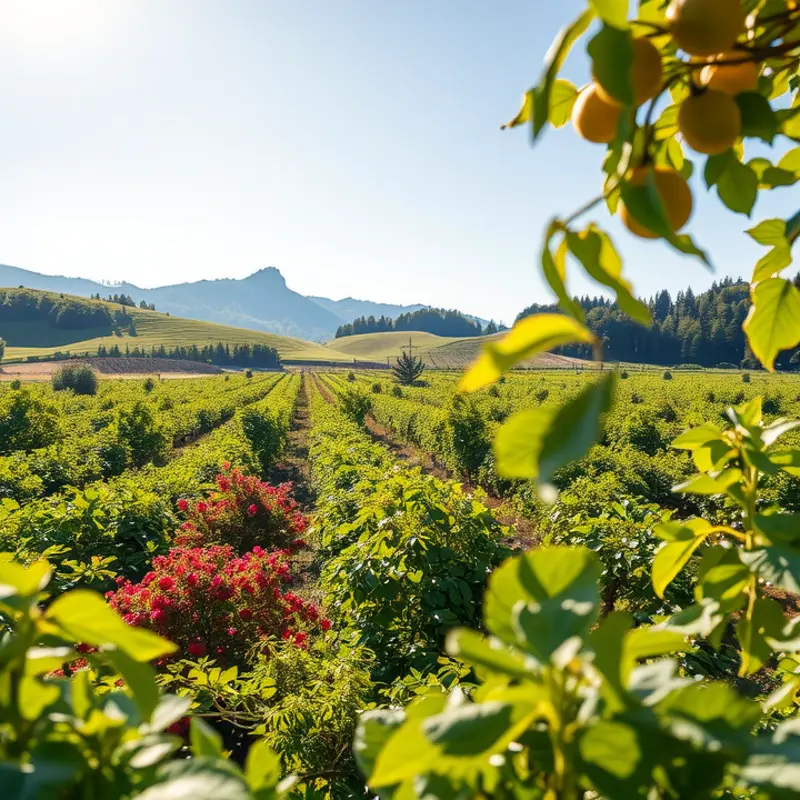
Energy-efficient cooking methods not only support a sustainable lifestyle but also pave the way for creativity in the kitchen. By embracing techniques that reduce power usage, you contribute to lower carbon emissions and enjoy delightful culinary outcomes.
Pressure cooking is an excellent way to cut down on energy consumption. This method cooks food at higher pressures, increasing the boiling point of water. As a result, dishes are ready in less time than traditional methods, thus saving energy. A vegetable stew, for instance, takes around 20 minutes compared to an hour on the stovetop. This high-speed cooking locks in nutrients and flavors, ensuring delicious results.
Slow cooking stands as another ally in reducing emissions. Though it runs over an extended period, its energy consumption remains low, akin to a light bulb. Slow cookers excel at breaking down tough meat fibers, delivering tender, flavorful dishes. This method is perfect for enhancing the fragrance and taste of spices, making it ideal for curries and stews.
A simple but impactful shift involves selecting energy-efficient appliances. Utilize induction cooktops that significantly conserve energy compared to conventional stovetops. Induction cooktops heat pots directly through magnetic fields, minimizing wastage. Similarly, convection ovens distribute heat evenly and reduce cooking time, thereby conserving energy.
In the realm of eco-conscious cookery, choosing the right cookware is indispensable. Using pots and pans with conductive materials like copper or cast iron facilitates quicker, even heating. Lids can also play a key role by trapping steam, allowing food to cook faster at lower temperatures.
Microwaves offer another efficient means to cook or reheat food quickly, using a fraction of the energy of traditional ovens. Ideal for steaming vegetables or reheating leftovers, microwaves preserve nutrients effectively. Additionally, consider batch cooking, preparing multiple meals at one time, to optimize both energy consumption and time management. For practical tips on this, explore practical ingredient batching.
By adopting these energy-efficient cooking techniques, you support a more sustainable planet without sacrificing flavor or culinary diversity. Experiment with these methods to discover new depths of taste and texture while conserving resources.
Final words
Incorporating lower-emission cooking practices is a powerful way to nurture both your health and the planet. By focusing on local and seasonal ingredients and adopting energy-efficient methods, each meal becomes not just a nourishment source but also a statement of commitment to sustainability. Embrace these practices as part of a broader lifestyle choice that aligns with a healthier, more eco-friendly world. Your efforts can inspire others and create a collective impact on our environment.

